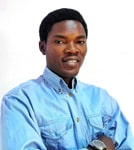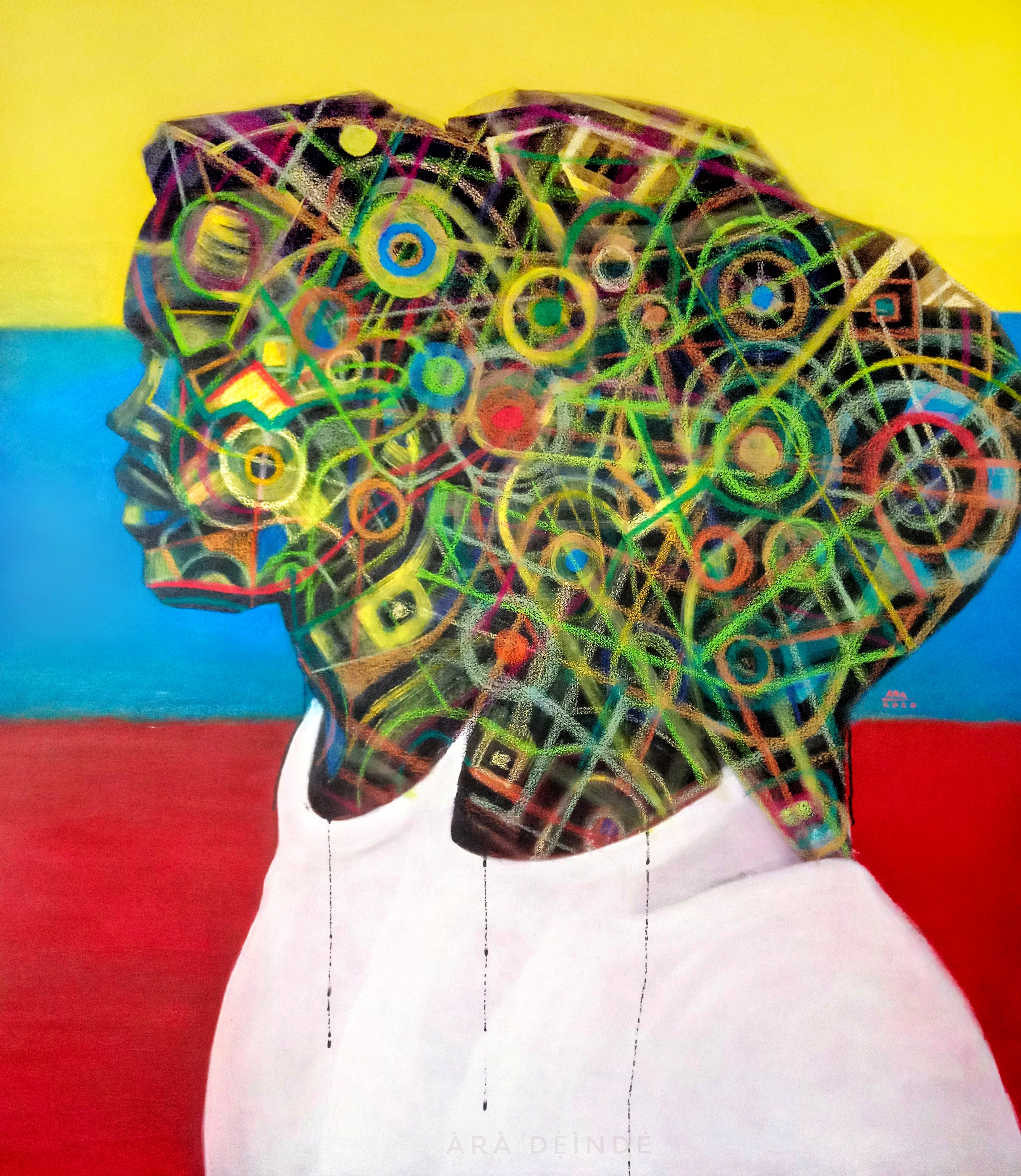AGN; Now that you are pursuing art as a profession how does the reality compare to your expectations?
AD; I was optimistic before embarking on my artistic journey that it was going to be relatively smooth sailing but of course the reality has been markedly different. I learned being a professional artist is a marathon not a sprint. I had already committed to creating art for the rest of my life. I had to ask myself that since that is what I am committed to doing, why am I bothered that things are not moving as fast as I would like.
My approach now is to keep on moving. I feel it is important for me to keep on living. In effect this means sharing and connecting with fellow artists and people in general. Having said that it remains challenging to connect with other artists and this in part is down to me being somewhat of an introvert.
AGN; Who are your biggest influences from the art world?
AD; Toyin Ojih Odutola, Yayoi Kusama, Frida Kahlo and Pablo Picasso are among my biggest influences. I am fascinated by their process. It seems that commerce/financial considerations follow their work rather than these artists being driven by commercial considerations. It allows for a purity that is beyond a desire that others have to commoditise their art.
I am drawn to the prolificness of Picasso and Kusama. In my view they lived/live and breathed/breathe art. Kahlo conveyed with clarity an ability to communicate her pain and reality so succienctly to the world. Such clarity is very rare to find.
AGN; You say your paintings are a commentary on what you term ‘Mental Migration’. Can you expand on what you mean by this?
AD; We understand the process of physical migration, economic or otherwise. That is something we are familiar with. There is a context to ‘Mental Migration’ which is globalization. We live in a very inter-connected world. We don’t have to be in China before we can hear about things that are happening there and be influenced accordingly.
‘Mental Migration’ is the parallel of physical migration where we travel mentally rather than physically. Let us look at an example, before one considers migrating to another place physically, one would first have dwelt on what life would be lived like in that location. That is the essence of ‘Mental Migration’; always considering what could be while thinking critically about the self. It’s all about self reflection, journeying into oneself for better understanding so that our choices are more in-line with who we are and less directed by external influences.




